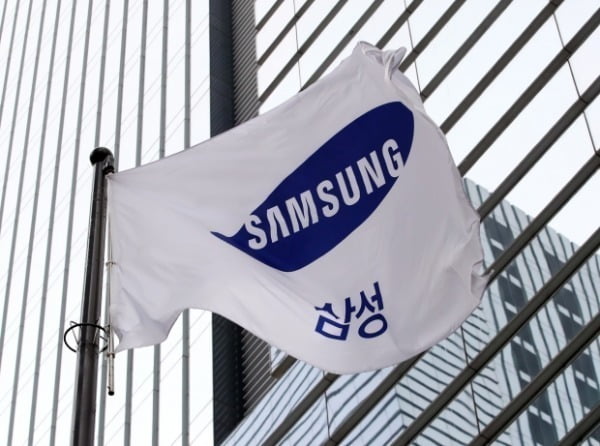
Photo = Yonhap News
Samsung Electronics recorded 80,000 won for the first time in history. The total market capitalization of Samsung Electronics and Samsung Electronics Woo also exceeded 530 trillion won, breaking a record high.
Samsung Electronics closed the transaction at 78700 won, up 1.16% on the day. It rose to 8,100 won during the week. The KOSPI index rose 0.06%, but the increase was large. On this day, institutions and individuals net bought 188.8 billion won and 16.7 billion won, respectively. Foreigners sold 1937 billion won worth.
The main reason is that expectations for special dividends next year were reflected ahead of the year-end ex-dividend date (the day when the right to receive dividends disappears). However, there are many evaluations that the rise is too steep to explain by dividend alone. The expected rate of return from special dividends is around 2-3%, as the stock price has risen close to 20% this month.
The biggest reason is the improvement in the DRAM industry, which is its flagship business. According to DRAM Exchange, the spot price of DRAM (DDR 8Gb) rose to $3.50 this day. The level recovered in February. “Shipments are higher than expected until December,” said Song Myung-seop, a researcher at Hi Investment & Securities. “The industry is improving faster than expected.” The weak dollar is also positive for Samsung Electronics’ supply and demand. The won-dollar exchange rate fell below 1100 won.
Some analysts say that expectations for the foundry business are fully reflected in the stock price. Ji-hye Moon, a researcher at Shinyoung Securities, said, “Foundry has turned into a situation where customers have to make efforts to secure production capacity,” he said. “As it entered a period of structural growth, it is positive for Samsung Electronics’ earnings. However, although the foundry industry has grown, there is some objection that the gap between Samsung Electronics and TSMC in Taiwan remains. Researcher Song pointed out, “It is true that both companies are doing well, but it is difficult to say that they are still pursuing TSMC properly,” he pointed out that “the market share is wider.”
As the share price rose, Samsung Electronics’ 12-month lead-in price-earnings ratio (PER) rose to 15 times. Earlier this year, it was trading at 12-13 times. However, there are many reviews that it is not burdensome. The main reason is that the valuation should be lowered higher given the increased liquidity and exchange rate. It is still low compared to TSMC (28 times) and DRAM producer Micron (18 times).
Reporter Yoon Sang Ko [email protected]
Ⓒ Hankyung.com prohibits unauthorized reproduction and redistribution
